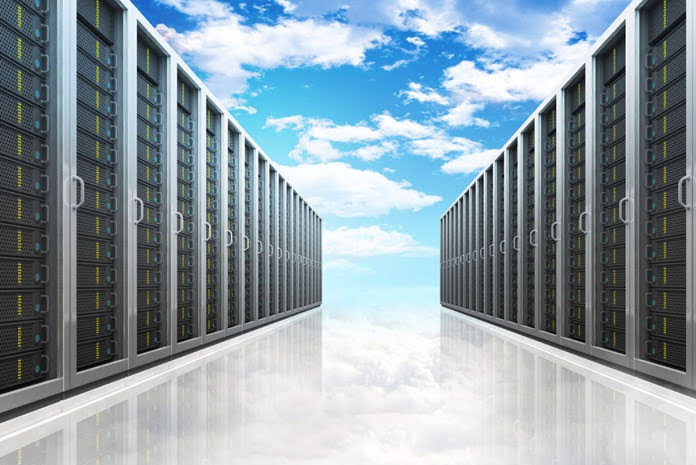Data centres (DC) have become essential components which run the networks that power everything from booking plane tickets, to sending emails, to streaming movies on over-the-top (OTT) platforms. DCs not only store massive amounts of data, but also process and manage it, all at once.
Data centres consume about 2% of the world’s electricity and emit CO2 equivalent to the airline industry, doubling their energy use every four years and contributing significantly to the global carbon footprint. DCs are adopting measures to reduce energy consumption and emissions to mitigate this impact. The majority of energy consumption in DCs is attributed to cooling systems and servers, followed by network devices. Also, considering DCs store massive amounts of data, they require a huge amount of storage devices. Each drive that runs requires cooling, in turn consuming energy. As a result, it becomes imperative to look for sustainable solutions.
Higher capacity HDDs
A significant innovation in HDD technology is OptiNAND, which integrates iNAND embedded flash to enhance drive architecture, firmware, and system-on-chip (SoC) capabilities. This results in improved capacity, performance, and resilience. Western Digital has introduced the Ultrastar DC HC580 24TB CMR HDD in India, incorporating OptiNAND technology to maximise storage capacity while reducing power consumption. This drive enables data centres to optimise space and energy use, making it ideal for power-constrained environments.
By upgrading to higher-density HDDs, such as 26TB drives, data centres can achieve up to 29% reduction in watts per terabyte and 20-25% cost savings. This reduces infrastructure and maintenance costs, contributing to energy efficiency and a smaller facility footprint. The use of high-capacity drives streamlines operations by eliminating servers and supporting infrastructure, leading to significant TCO savings.
Helium-filled hard drives
Using helium-filled hard drives instead of air-filled ones also helps in lowering the power consumption. Since helium has a lower density that is one-seventh of that of air, it causes much less turbulence within the drive which provides several benefits including accommodating more disks in the same 3.5-inch form factor, reducing drag on spinning disks and leading to lower power consumption overall.
Renewable energy sources
Embracing renewable energy is a crucial strategy for reducing carbon emissions in data centres. Several facilities in India have achieved 100% renewable energy use through a combination of onsite solar power and offsite renewable energy procurement. By adopting sustainable practices and technologies, storage solution companies can significantly mitigate the environmental impact of data centres. Technologies like Shingled Magnetic Recording (SMR) and UltraSMR enhance energy efficiency and reduce power consumption per terabyte, lowering the overall carbon footprint. Transitioning to renewable energy sources further decreases dependence on fossil fuels, promoting clean energy adoption.
Cooling technologies
In addition to renewables, DCs are embracing innovative cooling technologies such as immersive, liquid, and evaporative cooling that enhance cooling efficiency and reduce energy consumption. For instance, Western Digital has introduced innovative technologies, such as the ArcticFlow Thermal Zone Cooling design in its data centre storage servers. By optimising the arrangement of drives and hardware, this design directs cool air through the chassis, maintaining lower and more stable system temperatures. This not only reduces the workload on fans but also lowers power consumption and cooling requirements.
Parameters to measure ROI against sustainability goals
Implementing systems like Battery Health Monitoring Systems (BHMS), Integrated Building Management Systems (IBMS), Energy Management Systems (EMS) and Power Usage Effectiveness (PUE) can help in monitoring battery health and lighting and, improve operational and energy efficiency against sustainability goals.
Data storage is becoming increasingly critical for not just organisations, but for the growth of the digital economy today. As the drive to decarbonise data centres is reaching an inflexion point in India, it has become imperative to adopt green and sustainable practices across industries, including DCs. Businesses today have a moral responsibility towards the environment because it could be the key to their long-term resilience and profitability.














